SCHEME OF WORK
WEEK: TOPIC.
1. Revision of work done for last term.
2. Drug use, miss-use and Abuse: (a) Meaning of drug use, miss-use and abuse.(b)categories of drugs –(i)prescription of drug /medicines.(ii)non prescription of drugs/medicines.(iii)gateway drug.(iv)Psychoactive drug.(c)Health consequences of drug misuse and abuse.(d) ways of preventing drug misuse and abuse among young people.
3. Benefit of physical fitness exercises: (a) Benefits derived from physical fitness exercises.(b)factors that influence physical fitness.
4. Gymnastics (Floor Activities): (a) stunts and tumbling e.g forward roll, head stand and crab walks, cat wheel, frog jump etc. (b).classification of floor activities. (c) Values of floor activities.
5. Traditional social Dances (a) pre- colonial or folk dances like atilogwu in Igbo land, fuji and juju in Yoruba, sharo –fulani and langa in Hausa. (b) Social dances, like reggae, disco, highlife, samba, calypso, rumba and classical.
6. Computer Games: (a) Types of computer games like tennis, scrabble, cricket, and soccer.
(b) Values of Computer games
7. Nutrition for special Groups: (a) nutrition for school children (b) nutrition for adolescents. (c) Nutrition for Athletes, (d) nutrition for the sick and the convalescent.
8. Martial Arts: (a) Taekwondo – origin of taekwondo. (b) History of taekwondo in Nigeria. (c) Importance of taekwondo. (d) Rules regulations and officiating in taekwondo. Boxing: (d) history of boxing. (e) Boxing in Nigeria e. g. Dambe. (f) Skills and techniques in boxing. (g) Rules regulations and officiating in boxing.
9. Swimming: (a) Crawl/free style stroke – (i) breast stroke, (ii) back stroke, (iii) butterfly stroke. (b)Types of competition (c) Officiating in swimming - (i) officials and their duties, (ii) various completion/events
10. Communicable Diseases: (a) nature of (i) measles, (ii) malaria, (iii) mumps, (iv) pneumonia, (v) poliomyelitis, (vi) ring worm, (vii) rubella, (viii) cold, (ix) Whooping cough, (x) tetanus, (xi) cholera, (xii) gonorrhoea,(xiii) syphilis. (b) Mode of transmission of the communicable diseases. (c) Diseases causative agents. (d) Prevention measure
11. Revision.
2ND TERM
WEEK 1
LESSON 1
Topic: DRUG USE, MISUSE AND ABUSE
Content:
i. meaning of drug use, misuse abuse.
ii. Categories of drugs.
iii. Health consequences of drug misuse and abuse.
iv. Ways of preventing drug misuse and abuse among young people.
MEANING OF DRUG:
Drug is any chemical substance used for curing, treatment, diagnosis or for preventing diseases. Drug can also be used to reduce weight and to relief someone from any form of symptoms.

Drug Use
This refers to the taking of medication for an intended purpose, in an appropriate amount , frequency, strength and proper manner.
However, it has been discovered that most people often divert from the original purpose for which drugs were meant.
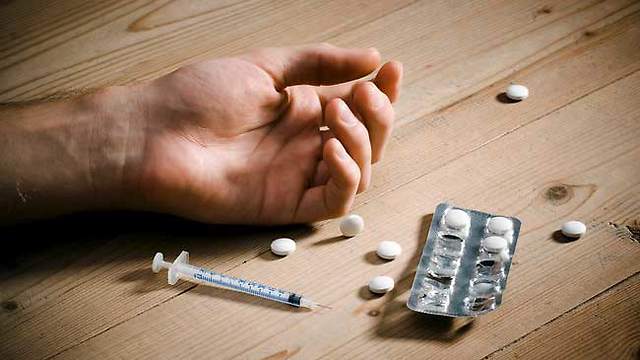
Drug misuse
Drug misuse is the practice of using drugs for pleasure rather than for medical reasons. It is the use of drugs without medically valid prescription. Even when drugs are prescribed , they may be misused if not taken in the right quantity, dosage and length of time.
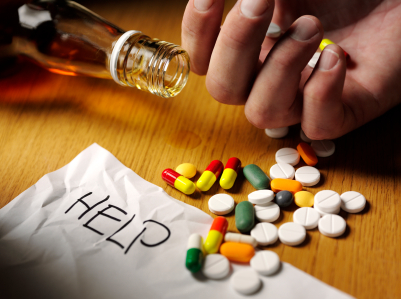
Drug abuse
Drug abuse is the indiscriminate, deliberate, excessive and persistent taking of chemical substances for purpose other than medical effect on the drug taker’s mental, physical, social and emotional health.

Categories of drugs:
1. Stimulants
2. Narcotics
3. Tranquilizers
4. Psychedelic or hallucinogens
5. Depressants, sedatives or hypnotics.

Health Consequences Of Drug Misuse And Abuse
When drugs are misused or abused, they have serious consequences on the user.
Such consequences include:
(a). Damage to organs e.g. brain, kidney, liver etc.
(b).Criminal tendencies.
(c). sociopathic behaviours e.g. rape.
(d).Lying and stealing to buy drugs.
(e). Loss of job due to declining productivity.
(f). Reduced coordination and neuromuscular control.
(g). Development of high blood pressure.
(h). Impaired judgement, leading to accidents.
(i). Frustration Leading to suicide tendencies.
(j).Physical disability or death.
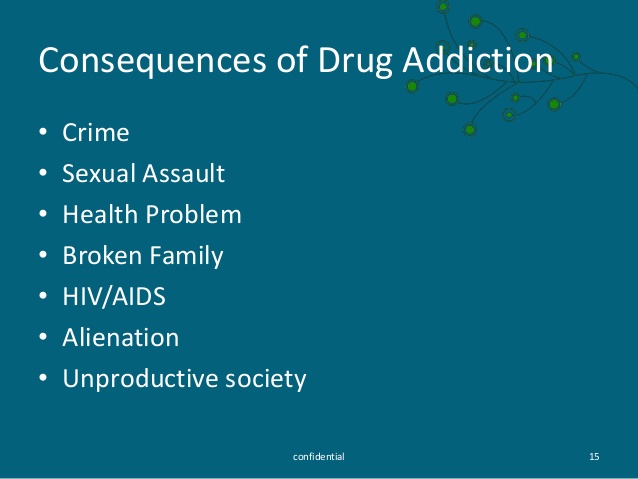
Prevention of drug abuse/misuse among young people
Drug misuse and abuse among young can be prevented through the following ways:
1. Educating the public on dangers of using drugs.
2. Government ban on proliferation and sale of drug.
3. Banning sale of drugs near institution of learning.
4. Investigating social relationships and sources of drugs when found.
5. Placing a ban on sale of drugs to children.
6. Informing the home about the child’s behaving.
7. Giving health talk and true life stories to students.
8. Using reformed users as resource person.
9. Taking students on visits to psychiatric and rehabilitation centres’
10. Giving individual or group counselling.
11. Encouraging alternatives to drugs; for example sports, games and athletics.
12. Giving referrals to experts early enough.
13. Radio jingles and adverts motivating against use of drugs.
14. Treatment and rehabilitation.

EVALUATION
(1) What is drug?
(2) Mention the categories of drugs.
READING ASSIGNMENT: Bounty Upper Basic PHE for Js 3 Pg 61-63
ASSIGNMENT
(1) List five health consequences drugs.
(2) Mention seven ways of preventing drug misuse and abuse.
Topic: DRUG USE, MISUSE AND ABUSE
Content:
i. meaning of drug use, misuse abuse.
ii. Categories of drugs.
iii. Health consequences of drug misuse and abuse.
iv. Ways of preventing drug misuse and abuse among young people.
MEANING OF DRUG:
Drug is any chemical substance used for curing, treatment, diagnosis or for preventing diseases. Drug can also be used to reduce weight and to relief someone from any form of symptoms.

Drug Use
This refers to the taking of medication for an intended purpose, in an appropriate amount , frequency, strength and proper manner.
However, it has been discovered that most people often divert from the original purpose for which drugs were meant.

Drug misuse
Drug misuse is the practice of using drugs for pleasure rather than for medical reasons. It is the use of drugs without medically valid prescription. Even when drugs are prescribed , they may be misused if not taken in the right quantity, dosage and length of time.

Drug abuse
Drug abuse is the indiscriminate, deliberate, excessive and persistent taking of chemical substances for purpose other than medical effect on the drug taker’s mental, physical, social and emotional health.

Categories of drugs:
1. Stimulants
2. Narcotics
3. Tranquilizers
4. Psychedelic or hallucinogens
5. Depressants, sedatives or hypnotics.

Health Consequences Of Drug Misuse And Abuse
When drugs are misused or abused, they have serious consequences on the user.
Such consequences include:
(a). Damage to organs e.g. brain, kidney, liver etc.
(b).Criminal tendencies.
(c). sociopathic behaviours e.g. rape.
(d).Lying and stealing to buy drugs.
(e). Loss of job due to declining productivity.
(f). Reduced coordination and neuromuscular control.
(g). Development of high blood pressure.
(h). Impaired judgement, leading to accidents.
(i). Frustration Leading to suicide tendencies.
(j).Physical disability or death.

Prevention of drug abuse/misuse among young people
Drug misuse and abuse among young can be prevented through the following ways:
1. Educating the public on dangers of using drugs.
2. Government ban on proliferation and sale of drug.
3. Banning sale of drugs near institution of learning.
4. Investigating social relationships and sources of drugs when found.
5. Placing a ban on sale of drugs to children.
6. Informing the home about the child’s behaving.
7. Giving health talk and true life stories to students.
8. Using reformed users as resource person.
9. Taking students on visits to psychiatric and rehabilitation centres’
10. Giving individual or group counselling.
11. Encouraging alternatives to drugs; for example sports, games and athletics.
12. Giving referrals to experts early enough.
13. Radio jingles and adverts motivating against use of drugs.
14. Treatment and rehabilitation.

EVALUATION
(1) What is drug?
(2) Mention the categories of drugs.
READING ASSIGNMENT: Bounty Upper Basic PHE for Js 3 Pg 61-63
ASSIGNMENT
(1) List five health consequences drugs.
(2) Mention seven ways of preventing drug misuse and abuse.
WEEK 2
LESSON 2
Topic: BENEFITS OF PHYSICAL FITNESS EXERCISE.
CONTENT: (a). Benefits derived from physical fitness exercises.
(b). Factors that influences physical fitness.
BENEFITS DERIVED FROM PHYSICAL FITNESS EXERCISES.
Physical exercise is the ability of an individual to carry out his or her daily activities without undue or unnecessary fatigue or tiredness and still have enough energy for any emergency.
Physical fitness is all about one’s physical capacity to do any physical task or activity. Physical fitness is thus an aspect of total fitness.
Body conditioning is engaging the body in regular and carefully selected physical activities to promote physical fitness and health.

HEALTH RELATED BENEFITS.
1. Flexibility.
2. Resistance.
3. Body composition.
4. Cardiovascular and cardio-respiratory endurance.
5. Muscular endurance.
6. Muscular strength.
7. Power.
8. Good posture.
9. Aesthetic values and positive self image.
10. Longevity.
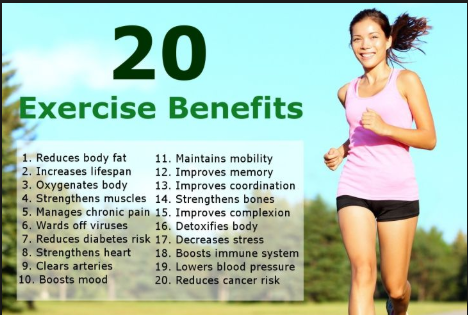
PERFORMANCE RELATED BENEFITS
1. Coordination.
2. Agility.
3. Balance.
4. Reaction time.
5. Speed.
6. Accuracy.
7. High productivity.
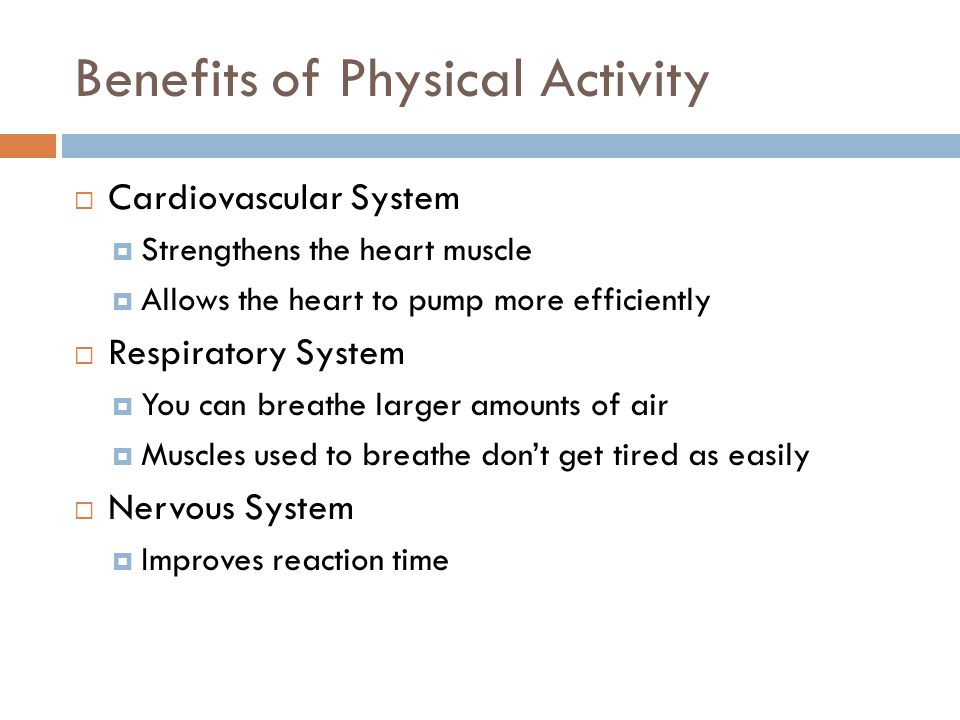
FACTORS THAT INFLUENCES PHYSICAL FITNESS
Such factors include:
1. Heredity.
2. Nutrition.
3. Regular exercise.
4. Body type.
5. Health status.
6. Regular medical check up.
7. Rest and sleep.
8. Age.
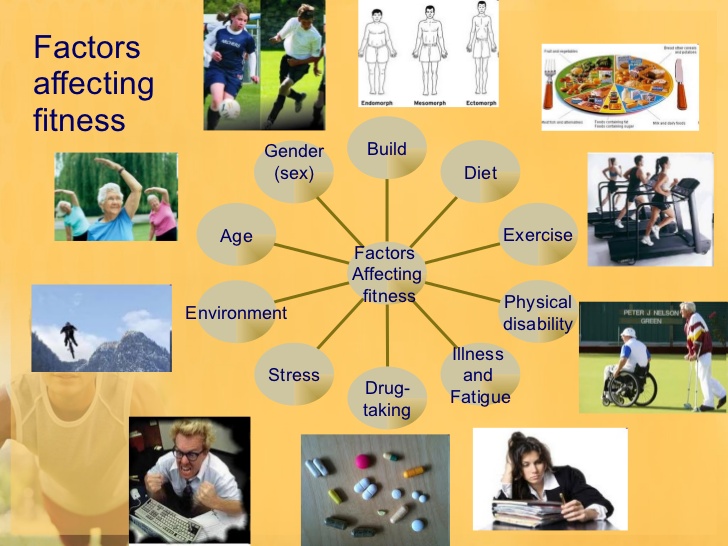
Body conditioning is engaging the body in regular and carefully selected physical activities to promote physical fitness and health.
Body conditioning activities
1. Weight training.
2. Repetition training.
3. Circuit training.
4. Anaerobic exercise.
5. Aerobic exercise.
6. Long distance and road walking.
7. Fart-lek training.
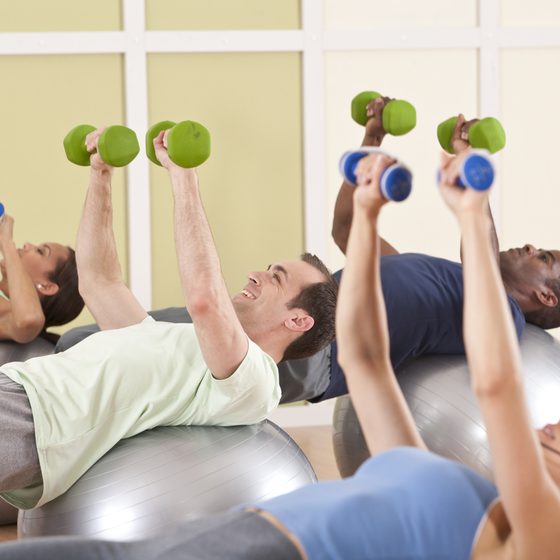
EVALUATION
What is physical fitness?
Define body conditioning.
https://youtu.be/VjrrLXb_tM4
ASSIGNMENT: Bounty Upper Basic PHE for Js 3 Pg 85-87
Write short notes on the following:
(a)Heredity (b) Nutrition (c) Regular exercise.
Topic: BENEFITS OF PHYSICAL FITNESS EXERCISE.
CONTENT: (a). Benefits derived from physical fitness exercises.
(b). Factors that influences physical fitness.
BENEFITS DERIVED FROM PHYSICAL FITNESS EXERCISES.
Physical exercise is the ability of an individual to carry out his or her daily activities without undue or unnecessary fatigue or tiredness and still have enough energy for any emergency.
Physical fitness is all about one’s physical capacity to do any physical task or activity. Physical fitness is thus an aspect of total fitness.
Body conditioning is engaging the body in regular and carefully selected physical activities to promote physical fitness and health.

HEALTH RELATED BENEFITS.
1. Flexibility.
2. Resistance.
3. Body composition.
4. Cardiovascular and cardio-respiratory endurance.
5. Muscular endurance.
6. Muscular strength.
7. Power.
8. Good posture.
9. Aesthetic values and positive self image.
10. Longevity.

PERFORMANCE RELATED BENEFITS
1. Coordination.
2. Agility.
3. Balance.
4. Reaction time.
5. Speed.
6. Accuracy.
7. High productivity.

FACTORS THAT INFLUENCES PHYSICAL FITNESS
Such factors include:
1. Heredity.
2. Nutrition.
3. Regular exercise.
4. Body type.
5. Health status.
6. Regular medical check up.
7. Rest and sleep.
8. Age.

Body conditioning is engaging the body in regular and carefully selected physical activities to promote physical fitness and health.
Body conditioning activities
1. Weight training.
2. Repetition training.
3. Circuit training.
4. Anaerobic exercise.
5. Aerobic exercise.
6. Long distance and road walking.
7. Fart-lek training.

EVALUATION
What is physical fitness?
Define body conditioning.
https://youtu.be/VjrrLXb_tM4
ASSIGNMENT: Bounty Upper Basic PHE for Js 3 Pg 85-87
Write short notes on the following:
(a)Heredity (b) Nutrition (c) Regular exercise.
WEEK 3
LESSON 3
Topic: GYMNASTICS (FLOOR ACTIVITIES)
CONTENT: i. Stunts and Tumbling and Classification of floor activities.
ii. Values of floor activities.
STUNTS AND TUMBLING.
Floor activities are the activities performed on mat, foam or floor. They are also known as stunts. Tumbling is the activities involving springing, rolling, twisting and turning of the body.
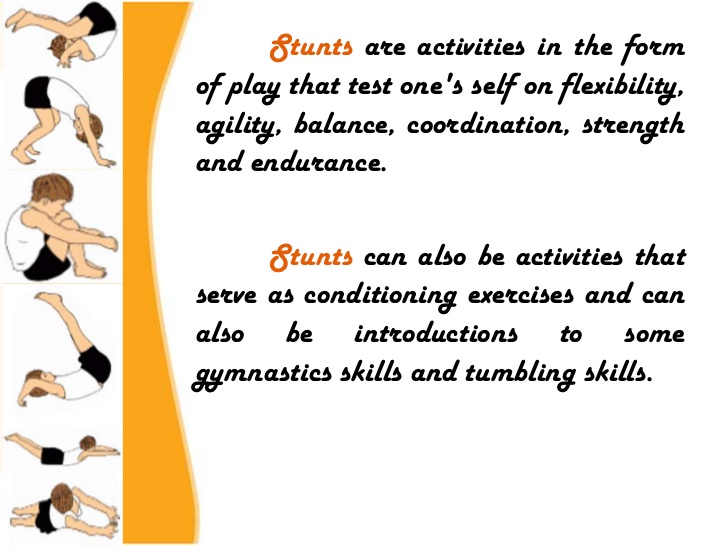
CLASSIFICATION OF FLOOR ACTIVITIES.
Floor activities can be classified into the following:
(a). Stunts activities (individual or with a partner).
(b). Tumbling activities.
(c). Balancing activities.
They are all performed without apparatus.
Stunts (without partner)
These include:
1. frog jump.
2. Push up.
3. Cycling in the air.
4. Trunk curl.
5. Sit up.
6. Rabbit jump.
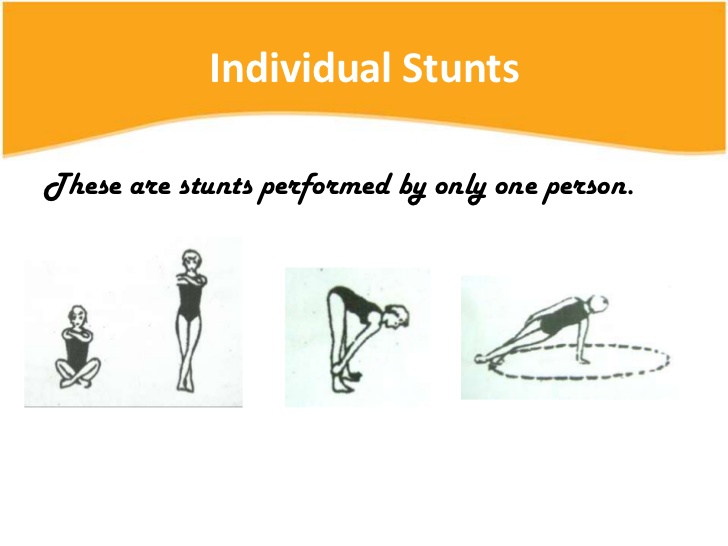
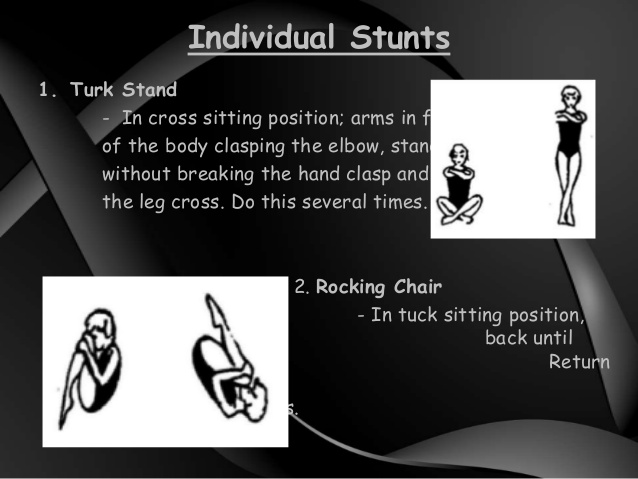
https://youtu.be/pepslzLQLc8
Stunts (with partner)
These include:
1. Cock fight.
2. See –saw.
3. Wheel barrow.
4. Fireman lift.
5. Lift the log.
6. Chinese get- up.
7. Leg wrestling.
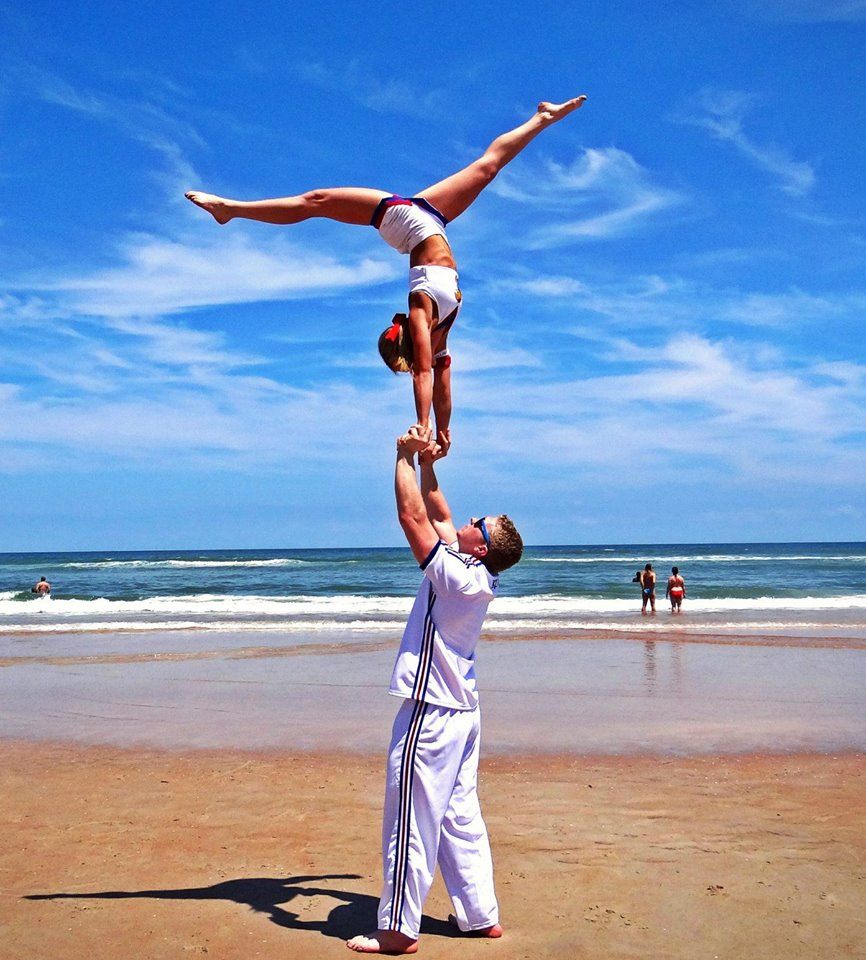
https://youtu.be/Q5s_HCPdD6E
Stunts (group)
Pyramids.
Tumbling activities.
1. Forward roll.
2. Backward roll.
3. Cartwheel.
4. Dive forward roll.
5. Head stand.
6. Hand stand.
7. Side roll.
8. Front somersault.
9. Back somersault.
10. Head spring.

VALUES OF FLOOR ACTIVITIES.
1. It develops courage.
2. It develops physical fitness.
3. It develops safety skills.
4. It provides the means of livelihood.
5. It improves body posture.
6. It develops alertness.
7. It develops coordination and balance.
8. It develops a wide range of movement patterns.
9. It develops beauty of movement.
10. It develops mental and creative ability.
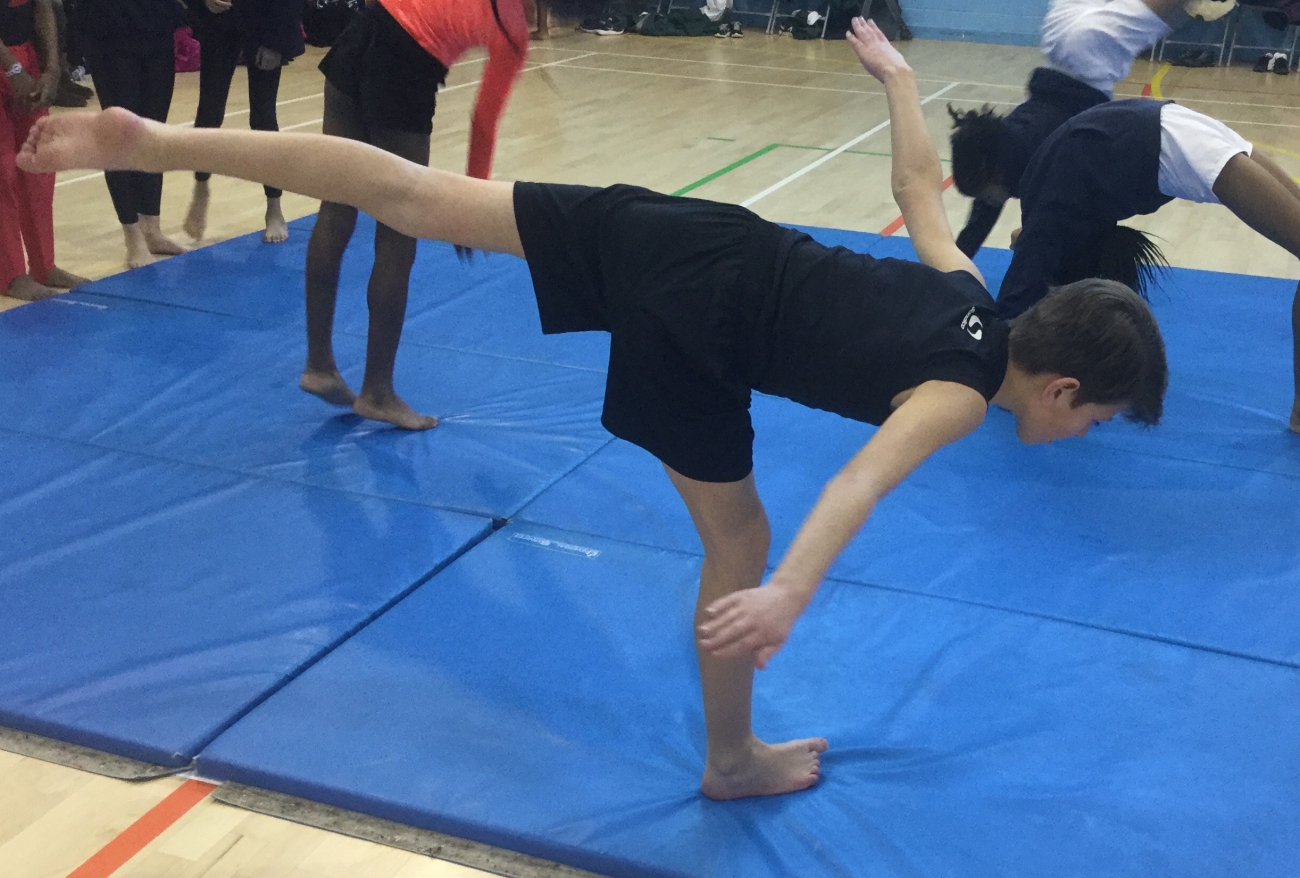
https://youtu.be/Jfc8P3bwocc
EVALUATION
1. What are floor activities?
2. List five floor activities.
ASSIGNMENT: Bounty Upper Basic PHE for Js 3 pg 67-83
1. Classify gymnastic activities.
2. List five values of gymnastic.
Topic: GYMNASTICS (FLOOR ACTIVITIES)
CONTENT: i. Stunts and Tumbling and Classification of floor activities.
ii. Values of floor activities.
STUNTS AND TUMBLING.
Floor activities are the activities performed on mat, foam or floor. They are also known as stunts. Tumbling is the activities involving springing, rolling, twisting and turning of the body.

CLASSIFICATION OF FLOOR ACTIVITIES.
Floor activities can be classified into the following:
(a). Stunts activities (individual or with a partner).
(b). Tumbling activities.
(c). Balancing activities.
They are all performed without apparatus.
Stunts (without partner)
These include:
1. frog jump.
2. Push up.
3. Cycling in the air.
4. Trunk curl.
5. Sit up.
6. Rabbit jump.


https://youtu.be/pepslzLQLc8
Stunts (with partner)
These include:
1. Cock fight.
2. See –saw.
3. Wheel barrow.
4. Fireman lift.
5. Lift the log.
6. Chinese get- up.
7. Leg wrestling.

https://youtu.be/Q5s_HCPdD6E
Stunts (group)
Pyramids.
Tumbling activities.
1. Forward roll.
2. Backward roll.
3. Cartwheel.
4. Dive forward roll.
5. Head stand.
6. Hand stand.
7. Side roll.
8. Front somersault.
9. Back somersault.
10. Head spring.

VALUES OF FLOOR ACTIVITIES.
1. It develops courage.
2. It develops physical fitness.
3. It develops safety skills.
4. It provides the means of livelihood.
5. It improves body posture.
6. It develops alertness.
7. It develops coordination and balance.
8. It develops a wide range of movement patterns.
9. It develops beauty of movement.
10. It develops mental and creative ability.

https://youtu.be/Jfc8P3bwocc
EVALUATION
1. What are floor activities?
2. List five floor activities.
ASSIGNMENT: Bounty Upper Basic PHE for Js 3 pg 67-83
1. Classify gymnastic activities.
2. List five values of gymnastic.
WEEK 4
LESSON 4
TOPIC: TRADITIONAL SOCIAL DANCES.
CONTENT: i. Pre – colonial or folk dances.
ii. Social dances.
PRE – COLONIAL OR FOLK DANCES.
Pre-colonial or folk dance is indigenous dance in a locality. It is characterised by :
1. A defined pattern of music and movement.
2. A defined pattern of dressing.
3. Dramatising to portray the Culture of the people in locality.
Nigeria has so many cultural dances which differ from one ethnic group to another. Examples of traditional dance are:
1. In Igbo Land, the folk dances are:
(a). Atilogwu dance.
(b). Egwu Odinala.
(c). Npokiti.
(d). Oyoyo.
(e). Ohafia war dance.

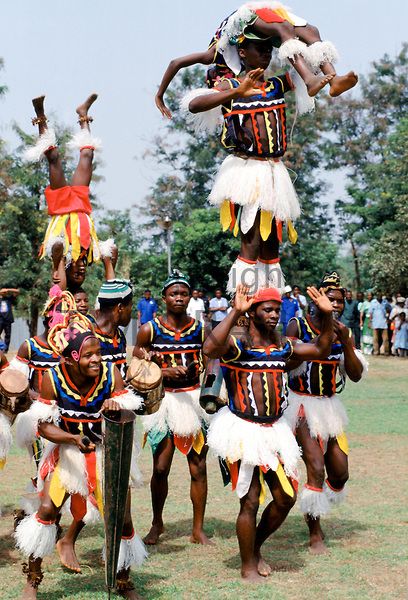

https://youtu.be/f7RB1daLKE8
2. In Hausa Land the folk dances are:
(a).Sharo dance.
(b).Goge.
(c). Kalangu.
(d).Nakiya da garuma.
(e).Ranam Takai.
(f). Swage (Tiv).


https://youtu.be/f1DK4qbzVB0
3. In Yoruba Land the folk dances are:
(a). Apepe.
(b). Bata dance.
(c). Bolojo.
(d). Eyo.
(e). Obutun.
(f). Okorobo.



https://youtu.be/sRim-lt_qLE
https://youtu.be/8q9lkUsWNk8
Social dances are indigenous dances and other foreign dances that are imported.
Examples of foreign Social dance:
1. Break dance.
2. Calypso
3. Conga.
4. Hip hop.
5. Jazz.
6. Makosa.
7. Pop.
8. Reggae.
9. Rock-‘n’-roll.
10. Waltz.
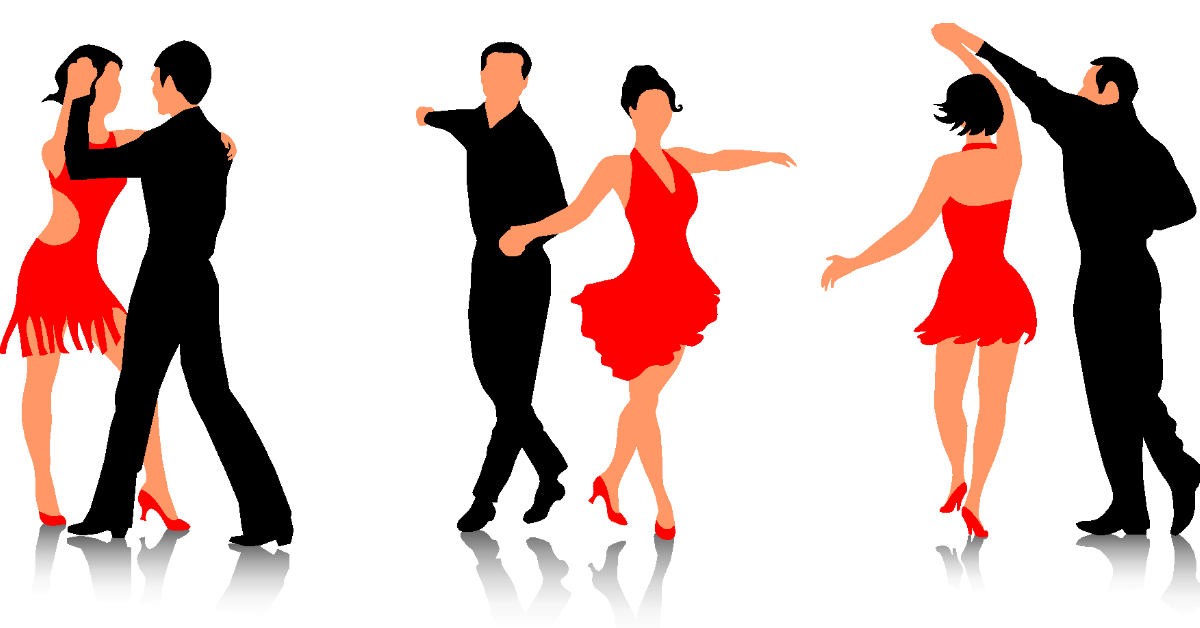

https://youtu.be/TcrLqwbdquA
EVALUATION
1. What is folk dance?
2. Mention three foreign dances?
3. Mention one example each of Yoruba, Hausa and Igbo folk dance.
READING ASSIGNMENT: Bounty Upper Basic PHE for Js 3 Pg 85-87
ASSIGNMENT
1. Mention three occasions when people dance?
2. Explain social dance.
3. List four costumes for Traditional dance.
TOPIC: TRADITIONAL SOCIAL DANCES.
CONTENT: i. Pre – colonial or folk dances.
ii. Social dances.
PRE – COLONIAL OR FOLK DANCES.
Pre-colonial or folk dance is indigenous dance in a locality. It is characterised by :
1. A defined pattern of music and movement.
2. A defined pattern of dressing.
3. Dramatising to portray the Culture of the people in locality.
Nigeria has so many cultural dances which differ from one ethnic group to another. Examples of traditional dance are:
1. In Igbo Land, the folk dances are:
(a). Atilogwu dance.
(b). Egwu Odinala.
(c). Npokiti.
(d). Oyoyo.
(e). Ohafia war dance.



https://youtu.be/f7RB1daLKE8
2. In Hausa Land the folk dances are:
(a).Sharo dance.
(b).Goge.
(c). Kalangu.
(d).Nakiya da garuma.
(e).Ranam Takai.
(f). Swage (Tiv).


https://youtu.be/f1DK4qbzVB0
3. In Yoruba Land the folk dances are:
(a). Apepe.
(b). Bata dance.
(c). Bolojo.
(d). Eyo.
(e). Obutun.
(f). Okorobo.



https://youtu.be/sRim-lt_qLE
https://youtu.be/8q9lkUsWNk8
Social dances are indigenous dances and other foreign dances that are imported.
Examples of foreign Social dance:
1. Break dance.
2. Calypso
3. Conga.
4. Hip hop.
5. Jazz.
6. Makosa.
7. Pop.
8. Reggae.
9. Rock-‘n’-roll.
10. Waltz.


https://youtu.be/TcrLqwbdquA
EVALUATION
1. What is folk dance?
2. Mention three foreign dances?
3. Mention one example each of Yoruba, Hausa and Igbo folk dance.
READING ASSIGNMENT: Bounty Upper Basic PHE for Js 3 Pg 85-87
ASSIGNMENT
1. Mention three occasions when people dance?
2. Explain social dance.
3. List four costumes for Traditional dance.
WEEK 5
LESSON 5
TOPIC: COMPUTER GAME
CONTENTS: i. Types of computer games
ii. Values of computer games
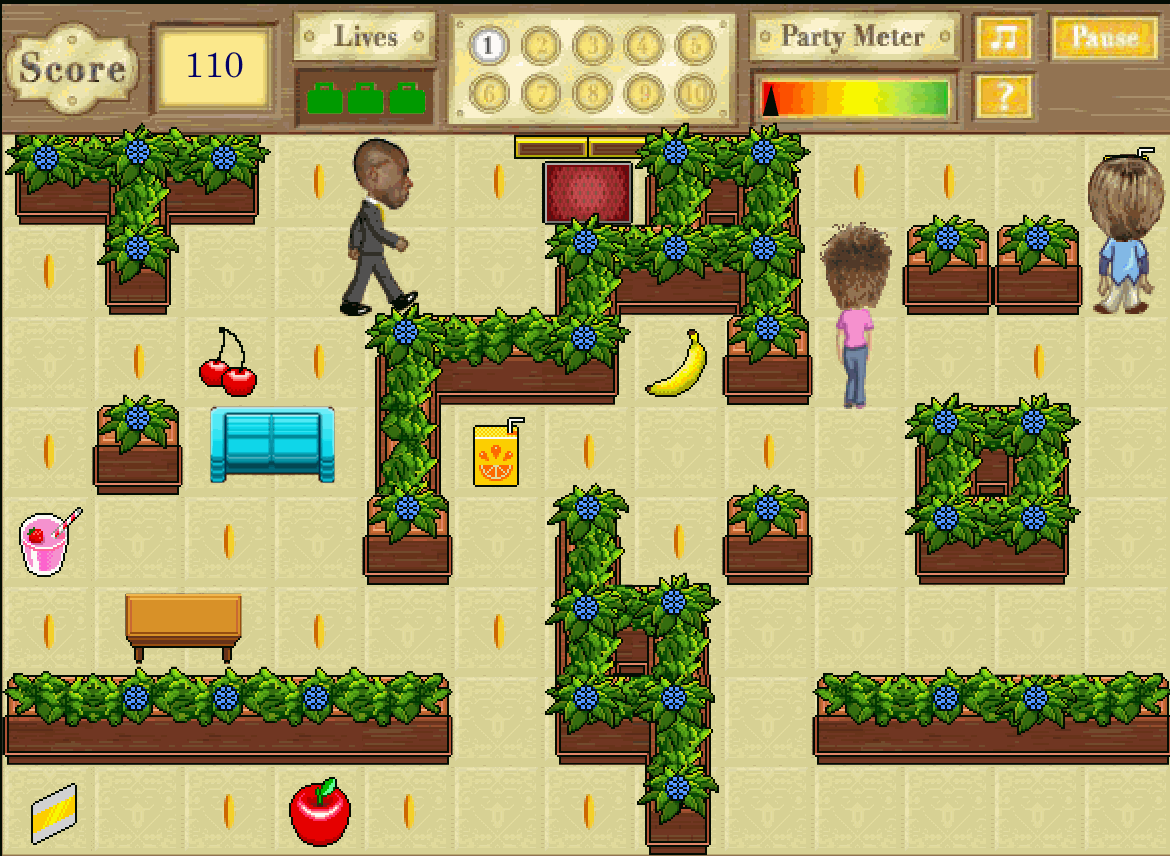
TYPES OF COMPUTER GAMES
• Cricket
• Soccer
• Scrabble
• Volleyball
• Golf
• Badminton
• Handball
• Badminton
• Handball
• Nature park
• Beach rally
• Play station
• Basketball
• Table tennis
• Nature park
• Beach rally
• Play station
• Basketball
• Table tennis
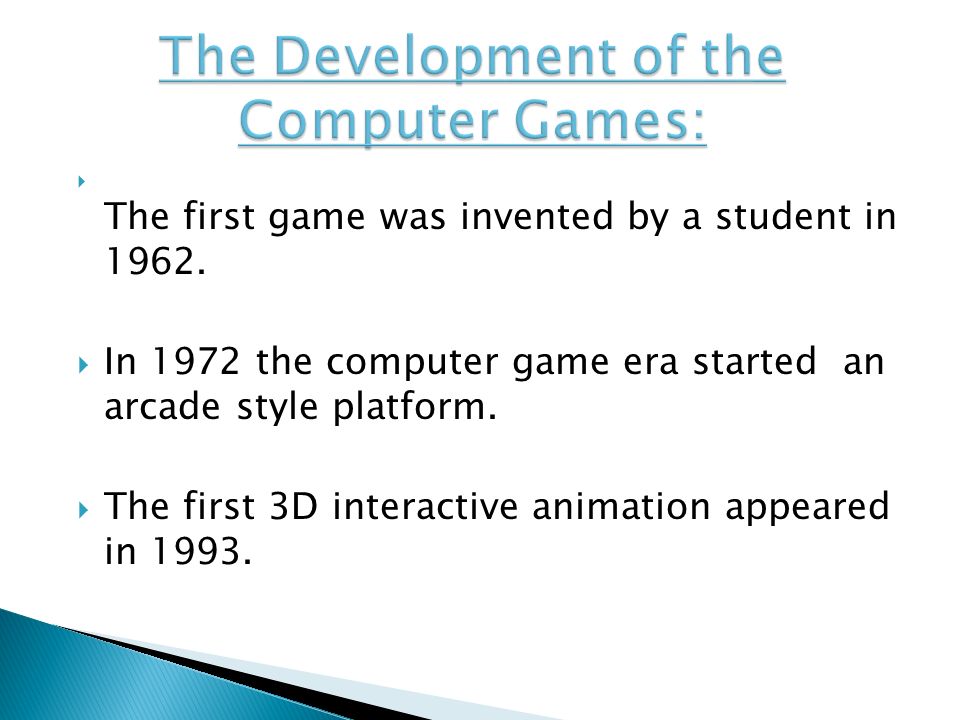

VALUES OF COMPUTER GAMES
1. It creates fun and entertainment.
2. It sharpens the brain.
3. It is used for recreation.
4. It serves as a tonic for fatigue.
5. It is designed for educational purpose.
6. It reduces tension.
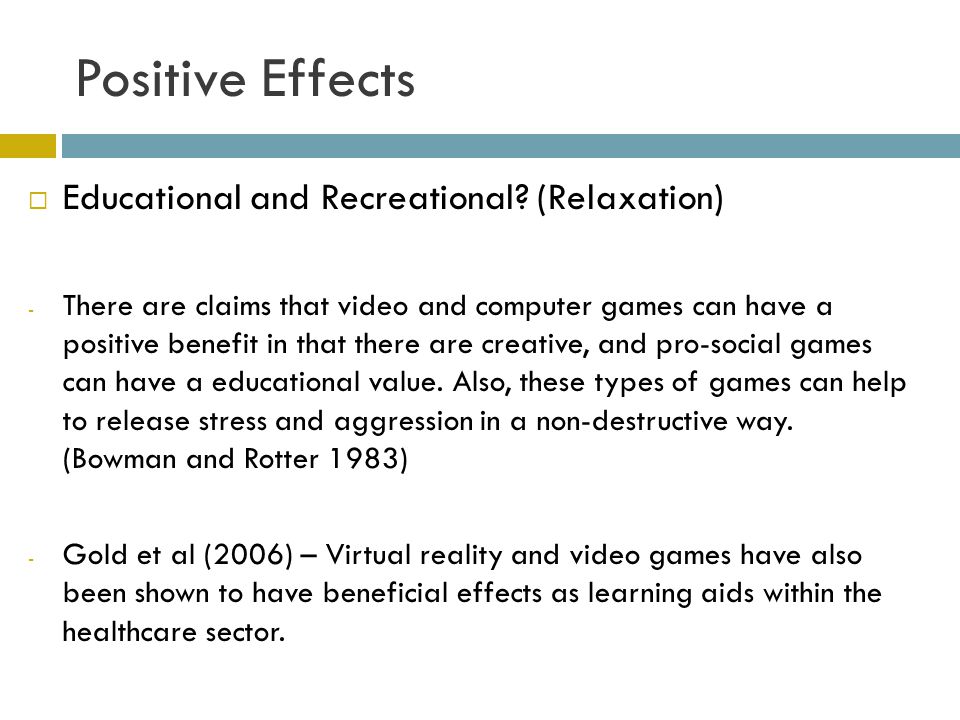
EVALUATION:
1. Mention four (4) types of computer game?
2. State four (4) values of computer game?
https://youtu.be/qFea5W8vvfI
READING ASSIGNMENT:
Basics of PHE by al—Hassan Bello book three (3) pages 74----76.
ASSIGNMENT:
1. What is computer Game?
2. Mention three (3) parts of computer which can be used to play the game.
3. Discuss the disadvantages of computer game
TOPIC: COMPUTER GAME
CONTENTS: i. Types of computer games
ii. Values of computer games

TYPES OF COMPUTER GAMES
• Cricket
• Soccer
• Scrabble
• Volleyball
• Golf
• Badminton
• Handball
• Badminton
• Handball
• Nature park
• Beach rally
• Play station
• Basketball
• Table tennis
• Nature park
• Beach rally
• Play station
• Basketball
• Table tennis


VALUES OF COMPUTER GAMES
1. It creates fun and entertainment.
2. It sharpens the brain.
3. It is used for recreation.
4. It serves as a tonic for fatigue.
5. It is designed for educational purpose.
6. It reduces tension.

EVALUATION:
1. Mention four (4) types of computer game?
2. State four (4) values of computer game?
https://youtu.be/qFea5W8vvfI
READING ASSIGNMENT:
Basics of PHE by al—Hassan Bello book three (3) pages 74----76.
ASSIGNMENT:
1. What is computer Game?
2. Mention three (3) parts of computer which can be used to play the game.
3. Discuss the disadvantages of computer game
WEEK 6
LESSON 6
TOPIC: NUTRITION FOR SPECIAL GROUP.
CONTENTS:
Nutrition for school children
Nutrition for adolescents
Nutrition for athletes
Nutrition for the sick and convalescent.
Definition of nutrition
Nutrition is the science of food and its relation to health. It includes good diet, digestion and metabolism.

NUTRITION FOR SCHOOL CHILDREN
In this case food rich in proteins is given to school children. E.g. beverages (tea, cereal, milk) Milk and egg are compulsory for the children daily. It is the body building food.
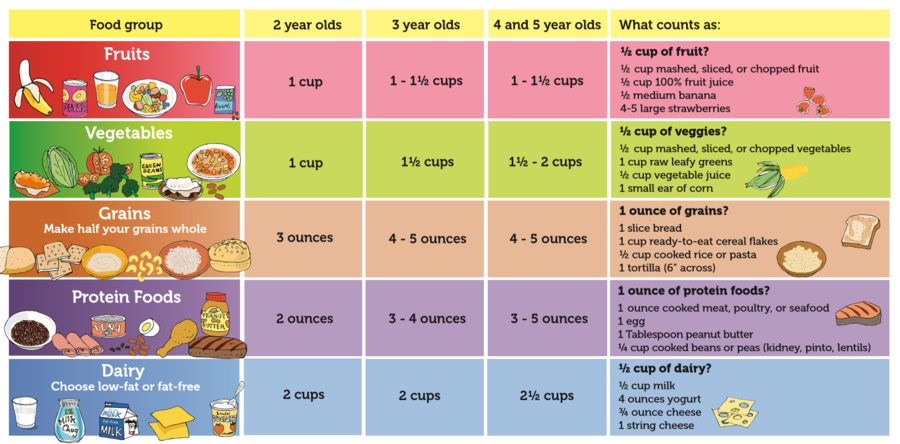
NUTRITION FOR ADOLESCENTS
In addition to what is in the school children, adults also need proteins as well as carbohydrate to complete his food dosage.

NUTRITION FOR ATHLETES
This can be grouped into three. They are:
1. Pre—competition menu: athletes should eat 3-5 hours before the competition preferably light food, although the choices of food depend on each athlete.
2. During competition menu: protein supply food as well as carbohydrate is needed to replace lost energy.
3. Post—competition menu: after any competition the athlete or player looks very tired. A liquid substance such as soft drink, fruit juice should be given including a rich food.
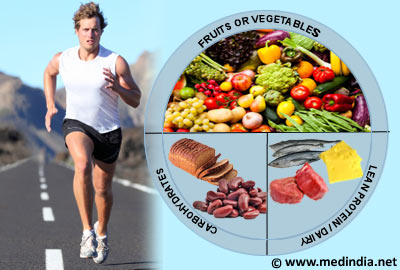
NUTRITION FOR THE SICK AND THE CONVALESCENT
Obey the doctor directive
Choose easily digestible food and avoid oily and fatty food.
Avoid too seasoning food
Eat balanced diet

EVALUATION:
1. What is nutrition?
2. Justify the needs of nutrition for athletes and convalescent.
READING ASSIGNMENT:
Bounty upper basic and PHE bk3 page 91-96
ASSIGNMENT:
1. In how many groups can you put nutrition for athletes? List them.
2. Prepare a time table meal for the following groups of people
a. School children
b. Adolescent
c. Athlete
TOPIC: NUTRITION FOR SPECIAL GROUP.
CONTENTS:
Nutrition for school children
Nutrition for adolescents
Nutrition for athletes
Nutrition for the sick and convalescent.
Definition of nutrition
Nutrition is the science of food and its relation to health. It includes good diet, digestion and metabolism.

NUTRITION FOR SCHOOL CHILDREN
In this case food rich in proteins is given to school children. E.g. beverages (tea, cereal, milk) Milk and egg are compulsory for the children daily. It is the body building food.

NUTRITION FOR ADOLESCENTS
In addition to what is in the school children, adults also need proteins as well as carbohydrate to complete his food dosage.

NUTRITION FOR ATHLETES
This can be grouped into three. They are:
1. Pre—competition menu: athletes should eat 3-5 hours before the competition preferably light food, although the choices of food depend on each athlete.
2. During competition menu: protein supply food as well as carbohydrate is needed to replace lost energy.
3. Post—competition menu: after any competition the athlete or player looks very tired. A liquid substance such as soft drink, fruit juice should be given including a rich food.

NUTRITION FOR THE SICK AND THE CONVALESCENT
Obey the doctor directive
Choose easily digestible food and avoid oily and fatty food.
Avoid too seasoning food
Eat balanced diet

EVALUATION:
1. What is nutrition?
2. Justify the needs of nutrition for athletes and convalescent.
READING ASSIGNMENT:
Bounty upper basic and PHE bk3 page 91-96
ASSIGNMENT:
1. In how many groups can you put nutrition for athletes? List them.
2. Prepare a time table meal for the following groups of people
a. School children
b. Adolescent
c. Athlete
WEEK 7
LESSON 7
Topic: MARTIAL ARTS.
CONTENTS: 1.Taekwondo – origin of taekwondo) history of taekwondo in Nigeria
- Importance of taekwondo
- Rules regulations and officiating in taekwondo
2. Boxing:
- History of boxing
- Boxing in Nigeria e. g. Dambe
- Skills and techniques in boxing
- Rules regulations and officiating in boxing
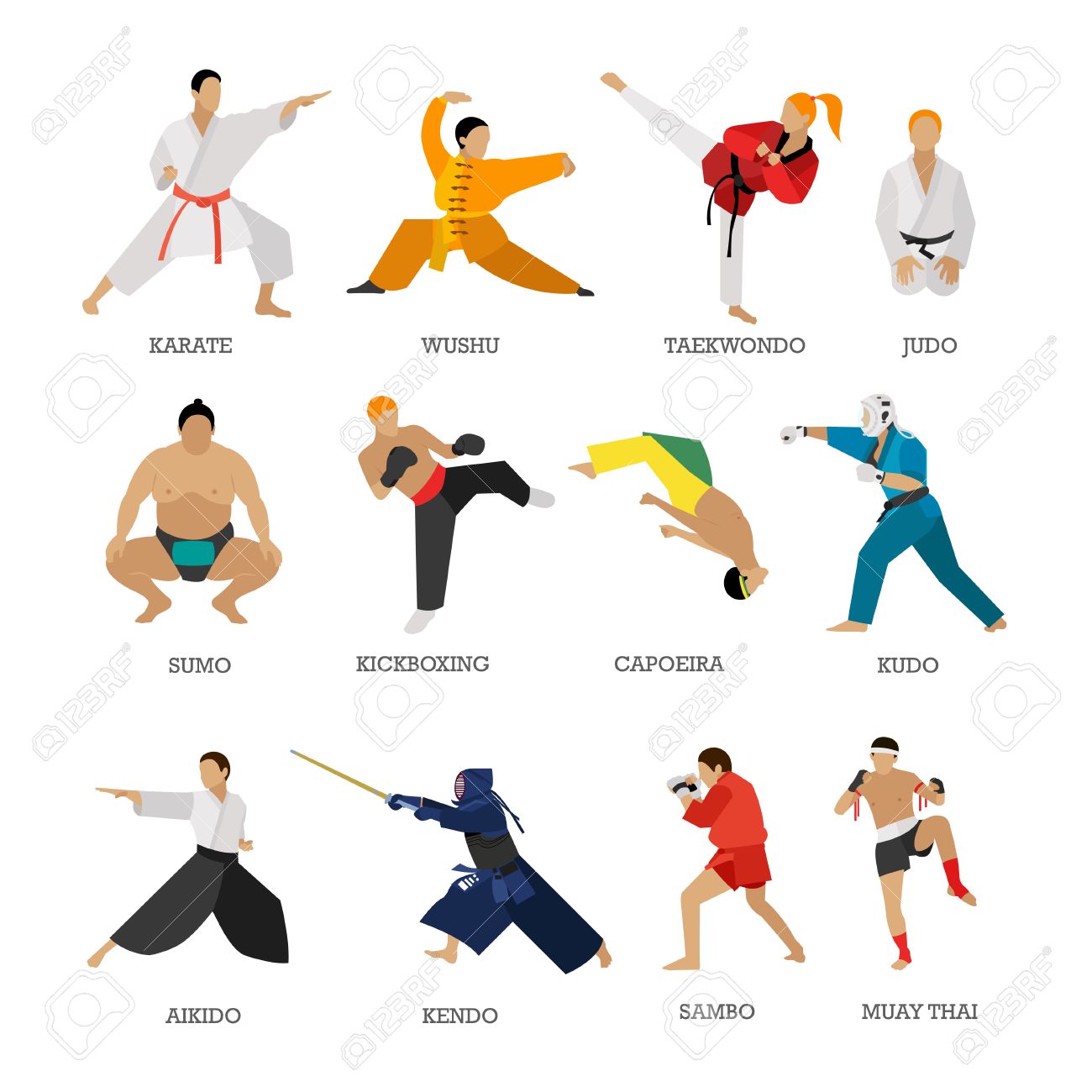
ORIGIN OF TAEKWONDO
Taekwondo is founded by Koreans in the 20th Century it is a Korean National sport.
Taek means to kick or to destroy with foot kwon means to punch with the fist and do means way or art.
HISTORY OF TAEKWONDO
The Koreans exposed their skills after a long study of the karate and kunfun arts and came out with the final result known as taekwondo today. The game dated back from1910 to 1945 many schools were founded to develop the martial arts such as: Mudokwan, odokwan, changmukwan, chongdokwan and yonmukwan.

The father of modern taekwondo is General Choi Hong Hi taught a combination of karate and taekyon to his soldiers. He founded international taekwondo federation in Canada (ITF) IN 1968. He died in 2002.
However the world taekwondo federation was founded in 1973 by South Korea with the first taekwondo championship in May 1973
In July 1980, the international Olympic Committee recognized the (WTF) and taekwondo was a demonstration sport at the 1988 Olympic game It has been an official events since the 2000 Olympic Games.
Taekwondo was admitted to the Asian Games as an official event in 1984. Since the death of the founder Choi—Hong Hi, the ITF has splintered into three major groups ITF Canada ITF Austria ITF North korea.
HISTORY OF TAEKWONDO IN NIGERIA
Taekwondo was introduced into Nigeria by the Avorian Master Aikpa Aime in 1975 and was embraced by many people, two association later evolved in Nigeria the NNTA and UNTA.
In 1983 the federal government requested the Korean government to send two Korean experts Mr. Moo Cheun Kim and Mr. Jhoo Rae Pak (both of the WTF) to instruct the Nigeria army. In 1986, taekwondo association of Nigeria (TAN) was formed.

IMPORTANCE OF TAEKWONDO
1. It develops an appreciation for taekwondo as a sports and an art.
2. It achieves physical fitness through positive participation.
3. It improves mental discipline and emotional equanimity.
4. It helps to learn self defence skills.
5. It develops a sense of responsibility for one self and others.
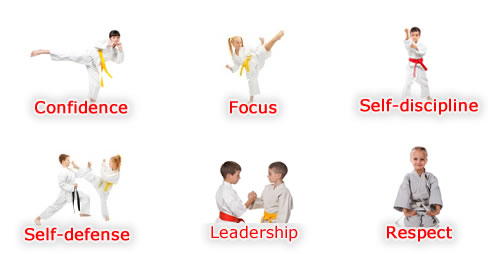
RULES AND REGULATIONS
1. A player should not fight on the street.
2. A beginner should always use what he was taught during the practice and combat.
3. Player should feel better before going into fighting.
4. He must follow or obey referee instructions.
5. He must not abuse the referee.
6. He must not complain during the fight.
7. He should always look in the eyes of the opponent before and during the combat and especially when greeting at the beginning of the combat.
8. A player must knot his belt very well.
benefits-group
OFFICIALS
REFEREE: he has the final say. He starts and stops the game. He penalizes and awards points.
THE JUDGES: they assist the referee in the match.
RECORDER: they keep the records of the events.

https://youtu.be/etgxusKS0Do
https://youtu.be/8M5yq0Xu7u8
LESSON 8
BOXING
Boxing is also called the manly art of self defence. It is a sport in which two competitors or contestants try to hit each other with their glove encased fist while trying to avoid each other blows.
The competition is divided into a specified number of rounds usually three (3) minutes log with one minutes rest period between rounds, although amateur boxing is widespread.
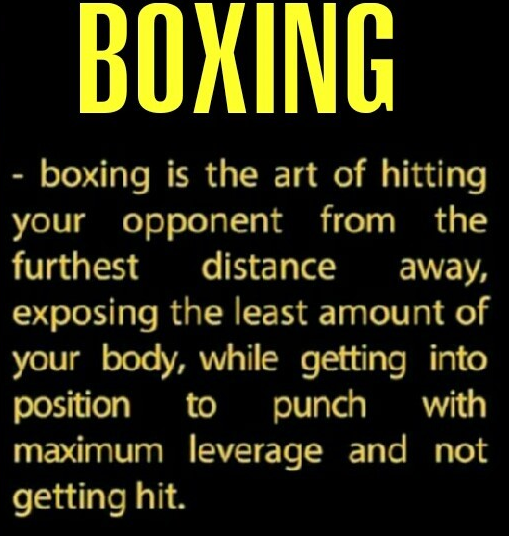
HISTORY OF BOXING
Boxing is as old as man; it began when a person first lifted a fist against another in play. First fighting was first played in Olympic Games in about 688 B. C.
Early boxers fought with leather bands around their fist for protection and sometimes wore metal filled leather hand covering called Cesti. Boxing in the past used to resolve in bloody class but was revived in the 18th century in England.
Boxing became a workman sports as prize fight attracted participants and spectators from the working class.
Modern boxing started in 1866 when Marques of Queen Berry gave new set of rule of three (3) minutes rounds with one (1) minute rest in between.

SKILLS AND TECHNIQUES IN BOXING
The stance
Foot work
Guarding
Uppercut
Undercut
Straight knuckle
Dodging
Blocking
Jabbing
Ducking
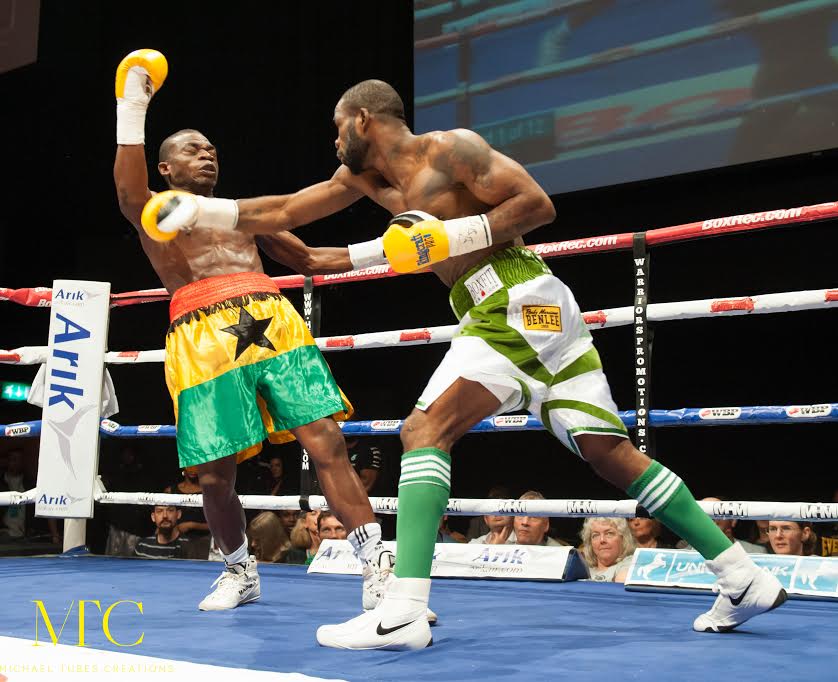

RULES AND REGULATIONS
1. No boxer is allowed to be with dangerous objects
2. There should be no hitting below the belt
3. There should be no slapping with the palm
4. Dragging or pushing of an opponent is not allowed
5. Kicking in boxing is not allowed
6. The referee command should be strictly obeyed
7. Each boxer must greet the trainer of his opponent after the bout.
8. A boxer shall only be allowed to engaged an opponent within the same weight category
9. The head butt is not allowed in boxing
10. Every amateur boxer should wear a head protector.
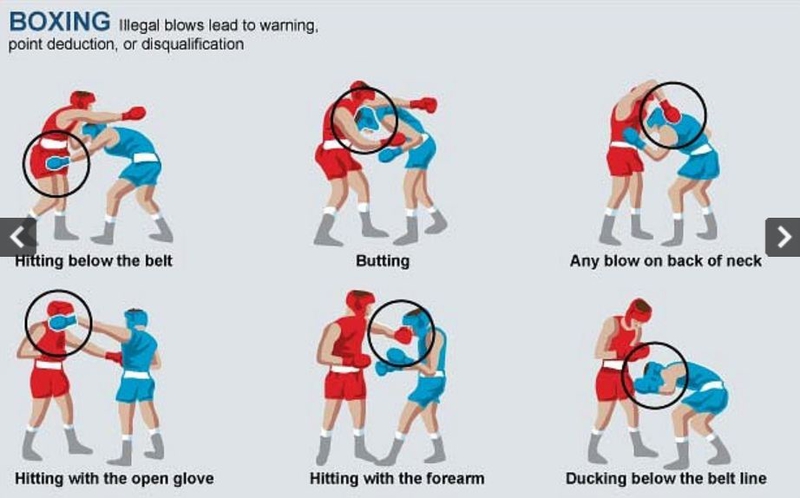
https://youtu.be/LjeJmHg_S4A
EVALUATION:
1. Give a brief history of boxing
2. Mention five skills in boxing
READING ASSIGNMENT:
Bounty upper basic PHE bk3 page114-121
ASSIGNMENT:
1. State four rules and regulations of boxing
2. When did modern boxing started.
3. Mention five benefits of swimming
Topic: MARTIAL ARTS.
CONTENTS: 1.Taekwondo – origin of taekwondo) history of taekwondo in Nigeria
- Importance of taekwondo
- Rules regulations and officiating in taekwondo
2. Boxing:
- History of boxing
- Boxing in Nigeria e. g. Dambe
- Skills and techniques in boxing
- Rules regulations and officiating in boxing

ORIGIN OF TAEKWONDO
Taekwondo is founded by Koreans in the 20th Century it is a Korean National sport.
Taek means to kick or to destroy with foot kwon means to punch with the fist and do means way or art.
HISTORY OF TAEKWONDO
The Koreans exposed their skills after a long study of the karate and kunfun arts and came out with the final result known as taekwondo today. The game dated back from1910 to 1945 many schools were founded to develop the martial arts such as: Mudokwan, odokwan, changmukwan, chongdokwan and yonmukwan.

The father of modern taekwondo is General Choi Hong Hi taught a combination of karate and taekyon to his soldiers. He founded international taekwondo federation in Canada (ITF) IN 1968. He died in 2002.
However the world taekwondo federation was founded in 1973 by South Korea with the first taekwondo championship in May 1973
In July 1980, the international Olympic Committee recognized the (WTF) and taekwondo was a demonstration sport at the 1988 Olympic game It has been an official events since the 2000 Olympic Games.
Taekwondo was admitted to the Asian Games as an official event in 1984. Since the death of the founder Choi—Hong Hi, the ITF has splintered into three major groups ITF Canada ITF Austria ITF North korea.
HISTORY OF TAEKWONDO IN NIGERIA
Taekwondo was introduced into Nigeria by the Avorian Master Aikpa Aime in 1975 and was embraced by many people, two association later evolved in Nigeria the NNTA and UNTA.
In 1983 the federal government requested the Korean government to send two Korean experts Mr. Moo Cheun Kim and Mr. Jhoo Rae Pak (both of the WTF) to instruct the Nigeria army. In 1986, taekwondo association of Nigeria (TAN) was formed.

IMPORTANCE OF TAEKWONDO
1. It develops an appreciation for taekwondo as a sports and an art.
2. It achieves physical fitness through positive participation.
3. It improves mental discipline and emotional equanimity.
4. It helps to learn self defence skills.
5. It develops a sense of responsibility for one self and others.

RULES AND REGULATIONS
1. A player should not fight on the street.
2. A beginner should always use what he was taught during the practice and combat.
3. Player should feel better before going into fighting.
4. He must follow or obey referee instructions.
5. He must not abuse the referee.
6. He must not complain during the fight.
7. He should always look in the eyes of the opponent before and during the combat and especially when greeting at the beginning of the combat.
8. A player must knot his belt very well.
benefits-group
OFFICIALS
REFEREE: he has the final say. He starts and stops the game. He penalizes and awards points.
THE JUDGES: they assist the referee in the match.
RECORDER: they keep the records of the events.

https://youtu.be/etgxusKS0Do
https://youtu.be/8M5yq0Xu7u8
LESSON 8
BOXING
Boxing is also called the manly art of self defence. It is a sport in which two competitors or contestants try to hit each other with their glove encased fist while trying to avoid each other blows.
The competition is divided into a specified number of rounds usually three (3) minutes log with one minutes rest period between rounds, although amateur boxing is widespread.

HISTORY OF BOXING
Boxing is as old as man; it began when a person first lifted a fist against another in play. First fighting was first played in Olympic Games in about 688 B. C.
Early boxers fought with leather bands around their fist for protection and sometimes wore metal filled leather hand covering called Cesti. Boxing in the past used to resolve in bloody class but was revived in the 18th century in England.
Boxing became a workman sports as prize fight attracted participants and spectators from the working class.
Modern boxing started in 1866 when Marques of Queen Berry gave new set of rule of three (3) minutes rounds with one (1) minute rest in between.

SKILLS AND TECHNIQUES IN BOXING
The stance
Foot work
Guarding
Uppercut
Undercut
Straight knuckle
Dodging
Blocking
Jabbing
Ducking


RULES AND REGULATIONS
1. No boxer is allowed to be with dangerous objects
2. There should be no hitting below the belt
3. There should be no slapping with the palm
4. Dragging or pushing of an opponent is not allowed
5. Kicking in boxing is not allowed
6. The referee command should be strictly obeyed
7. Each boxer must greet the trainer of his opponent after the bout.
8. A boxer shall only be allowed to engaged an opponent within the same weight category
9. The head butt is not allowed in boxing
10. Every amateur boxer should wear a head protector.

https://youtu.be/LjeJmHg_S4A
EVALUATION:
1. Give a brief history of boxing
2. Mention five skills in boxing
READING ASSIGNMENT:
Bounty upper basic PHE bk3 page114-121
ASSIGNMENT:
1. State four rules and regulations of boxing
2. When did modern boxing started.
3. Mention five benefits of swimming
WEEK 8
LESSON 9
TOPIC: SWIMMING
CONTENT:
Definition
Basic strokes
Types of competition or various competition events
Officiating in swimming
Officials and their duties
DEFINITION
Swimming is an act of moving the legs and arms in water called strokes.
STROKES IN SWIMMING
• Crawl or front crawl
• Back stroke
• Butterfly stroke
• Breast stroke
• Others are:
• Side stroke
• Spring board diving
• Treading water

TYPES/ VARIOUS COMPETITION EVENTS
The following are the events for competition
1. 100m
2. 500m
3. 1,200m
4. Freestyle
5. 50m dash.
OFFICIALS AND THEIR DUTIES
Commissioner of the game: He is to see the smooth running of the game.
The two referees: they stand one at each breath of the swimming pool to detect the error committed by the swimmers.
Two assistant referees: they help the referee during the competition.
The starter: he gives the signal at the starting of the game.
The recall starter: a recall starter is the one who signals with flag if there is any abnormality in the starting point.
Eight linesmen: they monitor the arrival of each swimmer.
Chief time keeper: the chief time keeper keeps the record of time.
Chief Judge: he has the final say during the game.
The finishing judge: this is the official in-charge of arrival.
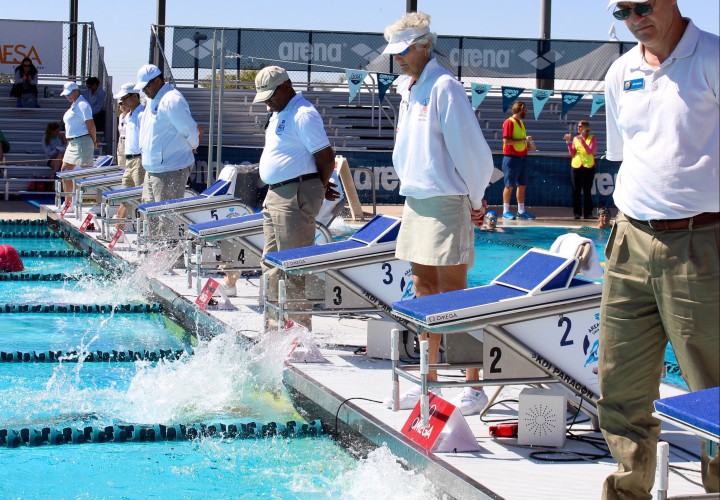
https://youtu.be/7dTpYOFZtcc
https://youtu.be/5p0XiDlCfnU
https://youtu.be/s6VuFaIqXrM
EVALUATION
1. Define swimming?
2. Mention four (4) strokes in swimming.
3. List four (4) events in swimming
4. State five (5)benefits of swimming
READING ASSIGNMENT:
Bounty upper basic physical and health education book 3 pages 122-128.
ASSIGNMENT:
1. Identify five officials in swimming and state their duties.
2. What is the length of a standard swimming pool?
TOPIC: SWIMMING
CONTENT:
Definition
Basic strokes
Types of competition or various competition events
Officiating in swimming
Officials and their duties
DEFINITION
Swimming is an act of moving the legs and arms in water called strokes.
STROKES IN SWIMMING
• Crawl or front crawl
• Back stroke
• Butterfly stroke
• Breast stroke
• Others are:
• Side stroke
• Spring board diving
• Treading water

TYPES/ VARIOUS COMPETITION EVENTS
The following are the events for competition
1. 100m
2. 500m
3. 1,200m
4. Freestyle
5. 50m dash.
OFFICIALS AND THEIR DUTIES
Commissioner of the game: He is to see the smooth running of the game.
The two referees: they stand one at each breath of the swimming pool to detect the error committed by the swimmers.
Two assistant referees: they help the referee during the competition.
The starter: he gives the signal at the starting of the game.
The recall starter: a recall starter is the one who signals with flag if there is any abnormality in the starting point.
Eight linesmen: they monitor the arrival of each swimmer.
Chief time keeper: the chief time keeper keeps the record of time.
Chief Judge: he has the final say during the game.
The finishing judge: this is the official in-charge of arrival.

https://youtu.be/7dTpYOFZtcc
https://youtu.be/5p0XiDlCfnU
https://youtu.be/s6VuFaIqXrM
EVALUATION
1. Define swimming?
2. Mention four (4) strokes in swimming.
3. List four (4) events in swimming
4. State five (5)benefits of swimming
READING ASSIGNMENT:
Bounty upper basic physical and health education book 3 pages 122-128.
ASSIGNMENT:
1. Identify five officials in swimming and state their duties.
2. What is the length of a standard swimming pool?
WEEK 9
LESSON 10
TOPIC:- COMMUNICABLE DISEASES
CONTENTS: 1. Definition of communicable diseases: Nature; Types; Mode of transmission
2. Diseases causative/agents; Preventive measure
DEFINITION OF COMMUNICABLE DISEASES
Communicable diseases are diseases that can be spread from one person to another.
Diseases can be defined as harmful change that interferes with the normal structure, appearance or function of the body which may not be a direct result of the physical injury.
TYPES OF COMMUNICABLE DISEASES
Small pox
Polio
Measles
Meningitis
Influenza
Cholera
Aids
Whooping cough
Chicken pox
Ringworm
Tuberculosis
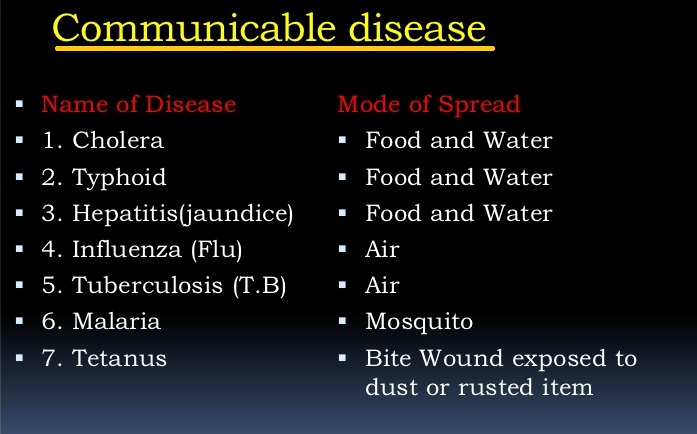
MODE OF TRANSMISSION
Communicable diseases can retransferred from one person to another in the following ways
1. Body contact
2. Dirty fingers
3. Animal bites
4. Mosquito bites
5. Through the air
6. Through clothing
7. Through drinking of dirty water
Diseases causative/agents
1. Water
2. Air
3. Food
4. Insects
5. Micro-organism
6. Over-crowding
PREVENTION OF COMMUNICABLE DISEASES
1. Adequate nutrition
2. Clean environment such as home school etc.
3. Use of safe water
4. Proper disposal of refuse and sewage
5. Immunization
6. Regular medical check up
7. People infected should be isolated
8. The use of disinfectant
9. Use of insecticide
10. Personal hygiene and environmental sanitation.

EVALUATION:
1. What is communicable diseases
2. Mention five (5) types of communicable diseases
READING ASSIGNMENT: Bounty Upper basic PHE BK 3 Pg 132-137.
ASSIGNMENT:
1. List four agents of communicable diseases
2. Mention five (5) ways of preventing communicable diseases
TOPIC:- COMMUNICABLE DISEASES
CONTENTS: 1. Definition of communicable diseases: Nature; Types; Mode of transmission
2. Diseases causative/agents; Preventive measure
DEFINITION OF COMMUNICABLE DISEASES
Communicable diseases are diseases that can be spread from one person to another.
Diseases can be defined as harmful change that interferes with the normal structure, appearance or function of the body which may not be a direct result of the physical injury.
TYPES OF COMMUNICABLE DISEASES
Small pox
Polio
Measles
Meningitis
Influenza
Cholera
Aids
Whooping cough
Chicken pox
Ringworm
Tuberculosis

MODE OF TRANSMISSION
Communicable diseases can retransferred from one person to another in the following ways
1. Body contact
2. Dirty fingers
3. Animal bites
4. Mosquito bites
5. Through the air
6. Through clothing
7. Through drinking of dirty water
Diseases causative/agents
1. Water
2. Air
3. Food
4. Insects
5. Micro-organism
6. Over-crowding
PREVENTION OF COMMUNICABLE DISEASES
1. Adequate nutrition
2. Clean environment such as home school etc.
3. Use of safe water
4. Proper disposal of refuse and sewage
5. Immunization
6. Regular medical check up
7. People infected should be isolated
8. The use of disinfectant
9. Use of insecticide
10. Personal hygiene and environmental sanitation.

EVALUATION:
1. What is communicable diseases
2. Mention five (5) types of communicable diseases
READING ASSIGNMENT: Bounty Upper basic PHE BK 3 Pg 132-137.
ASSIGNMENT:
1. List four agents of communicable diseases
2. Mention five (5) ways of preventing communicable diseases